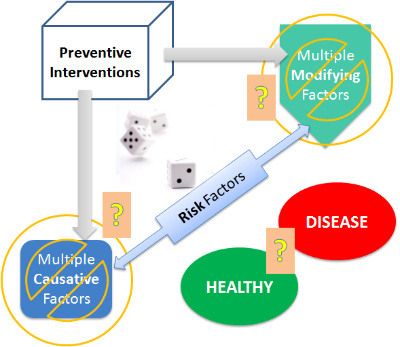Risk is used to determine what can be done to prevent happening what you don’t want to happen. There are two ways that this is done.
First, risk factors are the reasons why something happens. So when you don’t want something to happen you need to act on the causative reason. For example one reason for tooth decay is bacterial plaque which tooth brushing and flossing can remove and in that way prevent decay. Bacterial plaque is also a factor that causes gum disease and its removal by brushing and flossing can prevent gum disease.
Second, risk level indicates how easily and quickly you can get tooth decay or gum disease. Because tooth decay and gum disease are reversible or more easily treated during the early stage, the frequency that a routine examination and preventive treatment are needed should be based on risk level. For example when risk is high the typical frequency needed for a recall appointment is 3 months whereas when risk is low once a year or even longer may be OK.
Matching recall frequency to risk is quite different from the traditional everyone gets seen every six month practice. The change is because we now have a much better understanding about how to prevent tooth decay and gum disease and that each patient has a unique risk profile. This new knowledge means that a patient can be scheduled more appropriately according to their special needs. Using risk level to determine recall frequency compared to scheduling every patient twice a year means that every patient would receive the care that they uniquely need. Over the period of one year a high risk patient might need three or four recall appointments and a low risk patient one recall appointments per year or even longer. Your dentist can help you determine an appropriate recall length.
